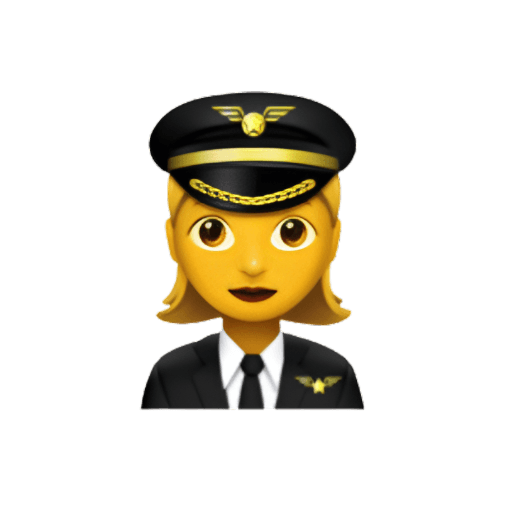Private Pilot License
Part 141 programs are more structured, with a defined syllabus and regular progress checks that are not mandatory under Part 61. These progress checks ensure you’re meeting the FAA’s training milestones at set intervals. On the other hand, Part 61 training is more flexible, allowing you and your instructor to tailor the lessons based on your pace and specific needs. While Part 61 gives more room for flexibility, keeping a structured Part 141 curriculum in the back of your head provides clear guidance and keeps you on track with your own goals.
This breakdown follows a Part 141-style curriculum to outline what you will learn in each stage of training.
Stage 1: Basic Flight Knowledge and Controls
Your training begins with mastering the fundamentals of flight. You will develop a basic understanding of aerodynamics, including how lift, drag, thrust, and weight interact to affect the aircraft. You’ll also learn the proper use of flight controls, including ailerons, elevators, and the rudder, to control the airplane’s attitude in its three axis pitch, roll, and yaw.
During this phase, you will practice basic maneuvers such as straight-and-level flight, turns, climbs, and descents. Your first progress check will assess your ability to execute these fundamental maneuvers, ensuring you can safely control the aircraft under normal conditions.
The ground school portion of this stage will cover topics such as basic aerodynamics, aircraft systems, and the flight environment, including airspace and regulations.
Stage 2: Pre-Solo Flight Preparation
The second stage is one of the most critical, as it prepares you for your first solo flight. During this phase, you will refine your flying skills and learn more advanced maneuvers, such as stall recovery, steep turns, and slow flight. You’ll also practice takeoffs and landings, with special emphasis on mastering traffic patterns and abnormal/emergency procedures, such as handling engine failures or other in-flight emergencies.
The ground school will focus more heavily on aircraft systems, aerodynamics and weight and balance. But don’t forget to be proficient in other topics like human factors and weather as well.
Before your first solo, you will complete a pre-solo check, either with your instructor or through a formal progress check in Part 141 programs. The Checkpilot wants to see, that you can keep your calm and react to any abnormal situation without making hasting decisions and losing control of the aircraft.
Most schools need you to have completed the written exam until know. Make sure to keep that in mind when studying and preparing yourself. If you did not finish the test until now, you might have to wait until you passed in order to keep on training. Ask your flight instructor if this is the case at your Part 141 school.
Stage 3: Cross-Country Training and Advanced Skills
After your first solo flight, the focus shifts to cross-country flight planning and execution. You’ll learn how to navigate between airports using a combination of pilotage (visual landmarks), dead reckoning, and navigational aids (such as VORs and GPS).
In addition to navigation, this stage emphasizes weather theory and meteorological knowledge, including understanding icing conditions, winds, fronts, and cloud formations, which are critical to safe cross-country flying.
You will also cover topics like system failures, Airspace rules, FAA regulations, and human factors/medical considerations (such as spatial disorientation and hypoxia) are also important parts of this phase.
As you gain proficiency, you’ll fly solo cross-country flights, navigating to airports at least 50 nautical miles away, giving you the confidence and proficiency you need to be a safe pilot.
Stage 4: End-of-Course Preparation and Checkride
The final stage of your private pilot training involves consolidating everything you’ve learned. You’ll practice all maneuvers, both basic and advanced, as well as refine your navigation and emergency procedures. This stage prepares you for your End of course/ Mock checkride and therefore for your final Checkride, which consists of both an oral exam and a practical flight test.
The oral portion will cover the full range of topics from aircraft systems to regulations and aeromedical factors. The flight portion tests take-offs and landings, maneuvers and abnormal situations. Just remember to keep your cool and to stay ahead of the aircraft.
